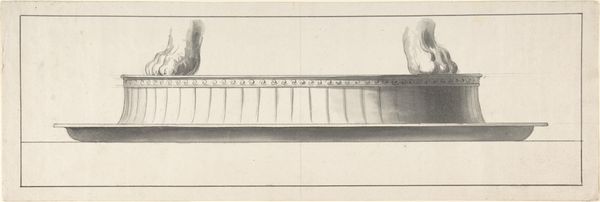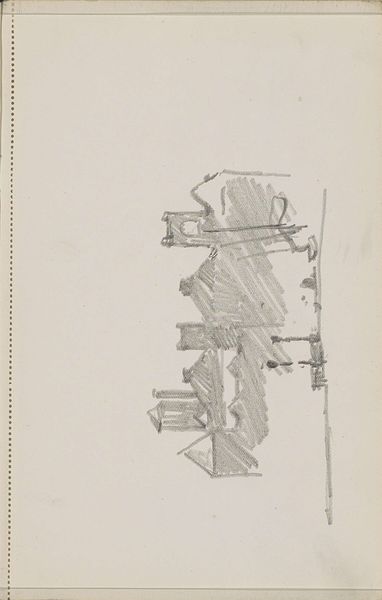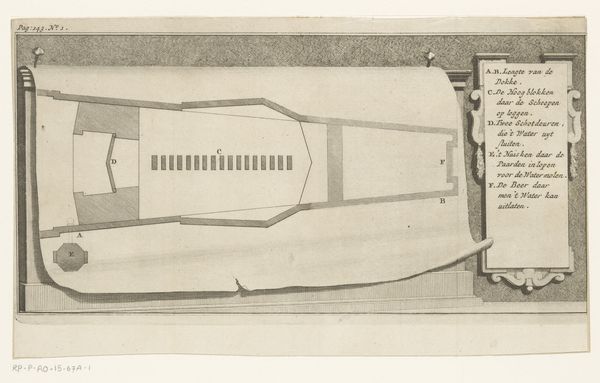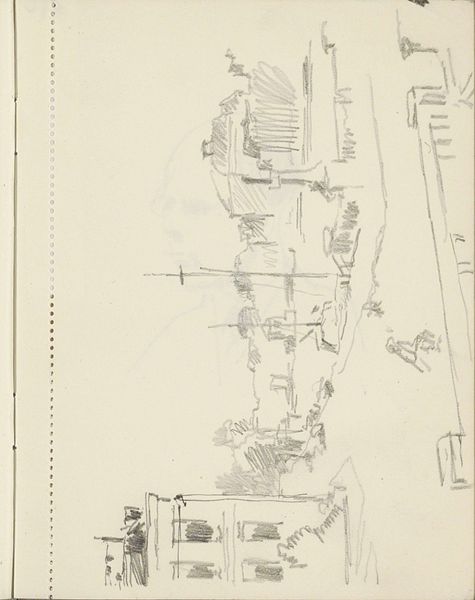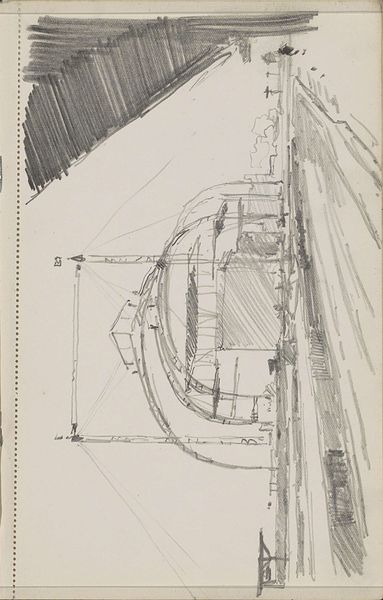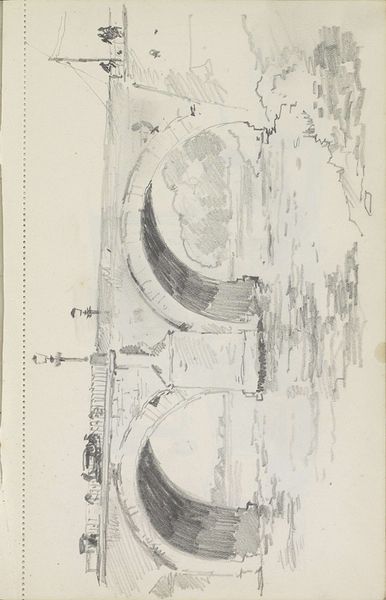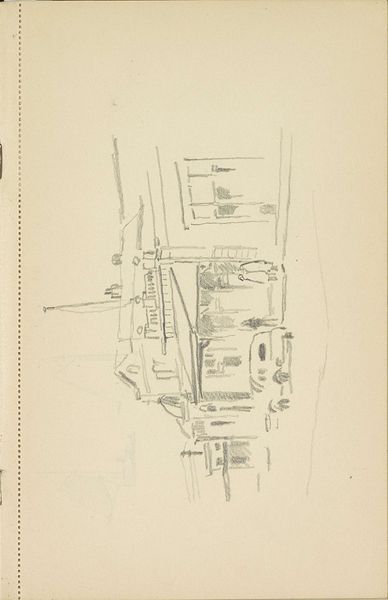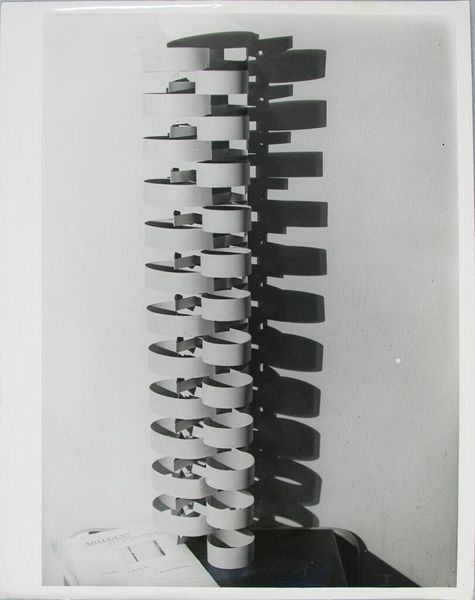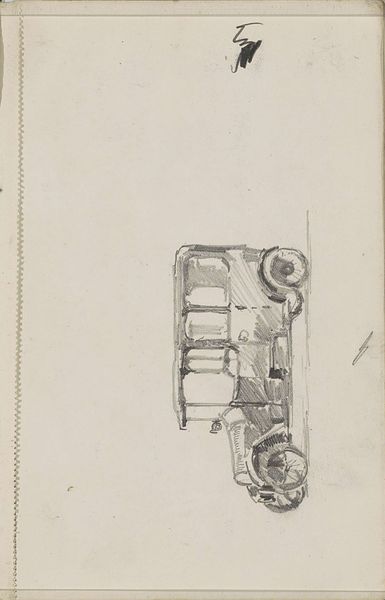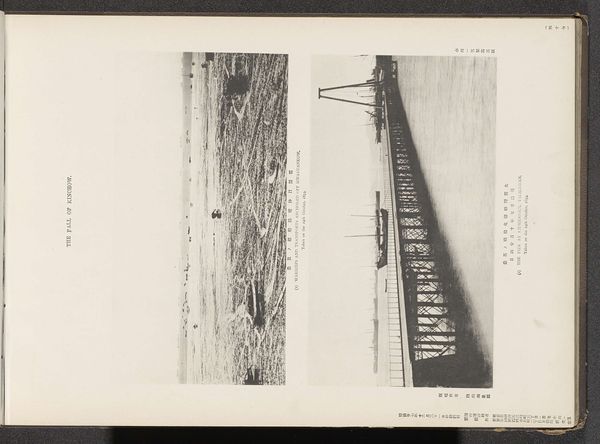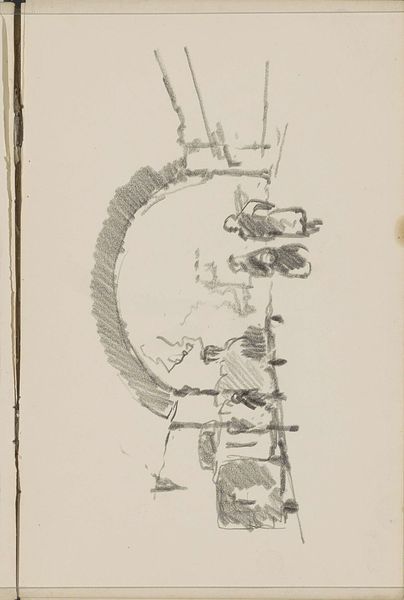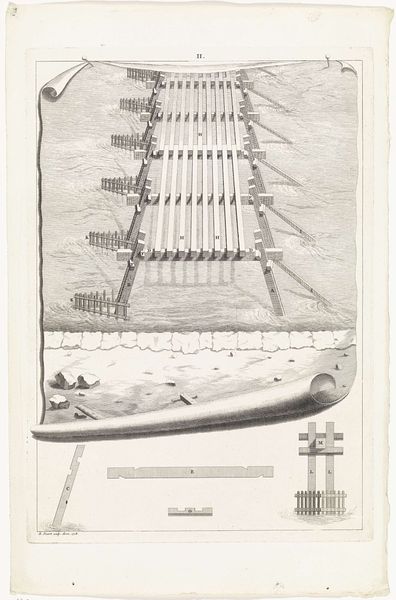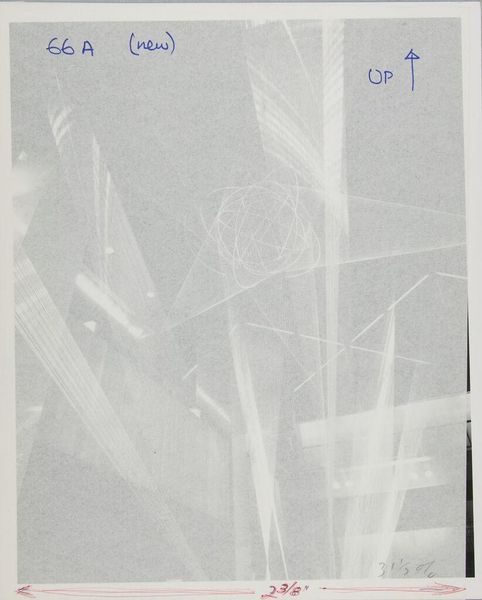
Dimensions: 8 1/4 × 25 1/2 × 9 1/4 in. (21 × 64.8 × 23.5 cm)
Copyright: Public Domain
This Vielle à Roue, or hurdy-gurdy, was crafted by François le Jeune in eighteenth-century France. More than a simple musical instrument, the hurdy-gurdy speaks volumes about the culture of its time. The visual codes of the Vielle à Roue place it firmly within the French Rococo era. This was a time of ornate decoration. The instrument’s elegant curves, delicate inlays, and sculpted head all reflect the aristocracy’s love of luxury and refinement. The hurdy-gurdy became a fashionable instrument in aristocratic circles during the 1700s. As such, it symbolized a nostalgic view of rural life. It evoked a romanticized image of shepherds and shepherdesses, idealized peasants, and pastoral landscapes. Understanding an artwork like this requires an appreciation of its historical context. The political and economic structures, the social norms and cultural values of its time all contribute to its meaning. Primary sources, such as letters, diaries, and period literature, can help us understand how people of the time viewed the world, and how this shaped their artistic creations.
Comments
No comments
Be the first to comment and join the conversation on the ultimate creative platform.
